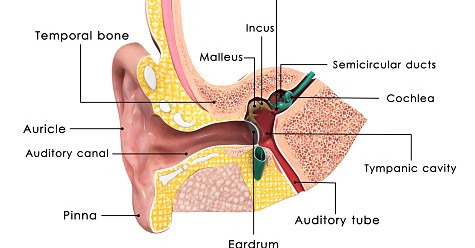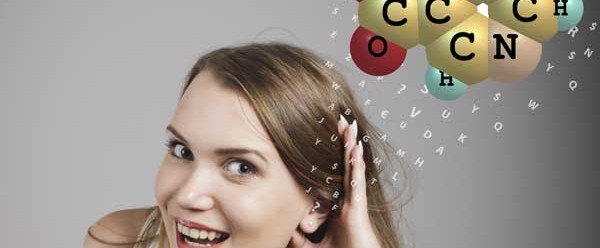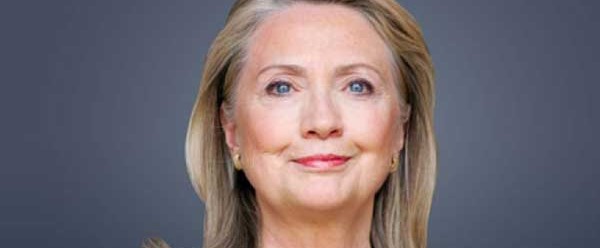Conflicting evidence for daily calcium supplementation
Evidence from a recent meta-analysis (September 2015) published in the British Medical Journal goes against the long-standing recommended daily intake of calcium. In fact, one of the lead authors concluded “Most people don’t need to worry about their calcium at all.” His reasoning behind this is that randomized control trials have shown only a slight reduction in risk for fractures with calcium supplementation. At present, the U.S. daily recommended intake for calcium is approximately 1000-1200mg per day. Other countries have different daily recommendations (mostly lower amounts).
The meta-analysis looked at the results from 26 randomized control trials. Some of the major findings include serious adverse events such as kidney stones, gastrointestinal symptoms, and cardiovascular events. It was noted that only two randomized controlled trials evaluated dietary calcium’s effect on fracture risk. Both trials lacked significant power and therefore statistical significance was unable to be achieved.
It is estimated that women lose 0.5% to 1% of bone mass per year after age 40. Calcium supplementation has been recommended for the prevention of osteoporosis.
Previous researchers have expressed concern for the risk of hypercalciuria (elevated calcium in the urine) and hypercalcemia (elevated calcium in the blood) in post-menopausal women. The end result can be the formation of kidney stones. Other meta-analysis have shown an increased for cardiovascular events such as myocardial infarction in those post-menopausal females who take excess supplemental calcium.
There are several points to consider when looking at the results of these studies. While not universally accepted, calcium obtained through a normal diet is likely superior to taking supplemental calcium. Secondly, most need to monitor how much calcium they actually obtain through their regular diet. Some may not need any additional supplementation.
In regards to the newly published meta-analysis, there are additional co-factors, including Vitamin K2 and Vitamin D deficiency which must be considered before concluding that we should not worry about calcium.
Unfortunately, these published findings make it more difficult for clinicians and patients to reach any definitive conclusion regarding daily calcium intake.
This meta-analysis was funded by pharmaceutical giants, Merck, Amgen, Lilly, and Novartis.
References:
Tai V., Leung W., Grey A., Reid IR., Bolland MJ. Calcium intake and bone mineral density: systematic review and meta-analysis. BMJ. 2015 Sept 29;351.






